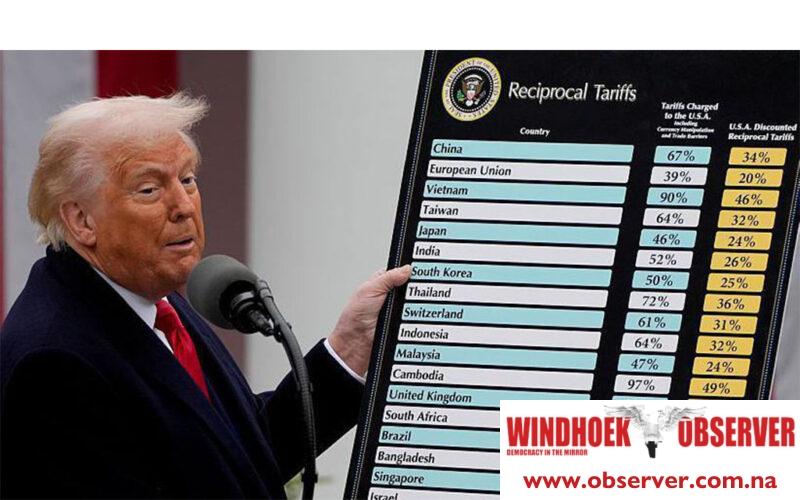The imposition of a 30% tariff by the United States on all South African exports including vehicles represents a major external shock to South Africa’s automotive sector, and by extension, to Namibia’s vehicle market, which is intricately linked to its southern neighbour through trade, supply chains, and dealership networks.
Namibia imports the overwhelming majority of its new vehicles from South Africa, leveraging shared logistics routes, harmonised standards under the SACU arrangement, and the ease of rand-based trade due to the currency peg. As such, any disruption to South Africa’s vehicle production and export profile will inevitably ripple through to Namibia, directly influencing availability, pricing, model variety, and broader sector stability.
In the immediate term, the collapse of South African exports to the U.S. may result in excess inventory, particularly for higher-spec or left-hand-drive models earmarked for the North American market. These could be reallocated to Southern African Development Community (SADC) markets, including Namibia, at discounted prices or under promotional terms. This temporary oversupply might benefit Namibian dealers and consumers through improved stock levels, shorter delivery times, and price relief, especially on models that are not normally readily available in Namibia.
However, this window is likely to be short-lived. The more systemic risk lies in the potential retrenchment of production lines in South Africa as OEMs (Original Equipment Manufacturers) react to the loss of a key export destination. The US has historically been a critical outlet for South African vehicle exports, particularly for premium brands and high-volume models like the Ford Ranger and Mercedes-Benz C-Class, which have been manufactured for global markets. With those volumes severely curtailed, plants may downscale operations, delay new investments, or, in worst-case scenarios, shift production offshore, decisions that would reduce the flow of locally assembled vehicles into Namibia.
Such supply-side tightening could result in higher vehicle prices in Namibia over the medium term, not only because of reduced production efficiency in South Africa, but also due to increased competition for the remaining supply. Namibian consumers may also experience a narrowing of product choice, with certain trim levels or model variants becoming less available as manufacturers concentrate resources on their most profitable lines.
Furthermore, currency risk will play an amplifying role. South Africa’s deteriorating trade position and investor sentiment, exacerbated by geopolitical uncertainty, could lead to a depreciation of the rand. While this might superficially appear positive for Namibian importers due to the 1:1 peg with the Namibian dollar, such exchange rate weakness is often accompanied by inflationary pressures, rising input costs, and eventual price pass-throughs from OEMs seeking to preserve margins.
Thus, any initial benefit could be eroded by subsequent price adjustments.
There are also concerns around after-sales service and parts availability, as supply chains become more fragmented and the flow of OEM support equipment is disrupted. Namibian dealerships rely heavily on South African infrastructure from logistics to technical training and warehousing and any weakening of that ecosystem due to a contraction in South African vehicle exports could degrade service quality, increase maintenance turnaround times, and limit spare parts availability, especially for newer models.
On the financial side, vehicle financing and insurance may become more cautious. Banks and lenders may begin adjusting their risk exposure models, particularly if vehicle prices become more volatile or replacement costs rise due to supply disruptions.
This could lead to stricter loan qualification criteria or lower loan-to-value ratios, thereby dampening consumer access to credit, a critical component of vehicle affordability in Namibia. Insurers may similarly reassess their valuations more frequently, affecting premium structures.
-Simonis Storm Securities




